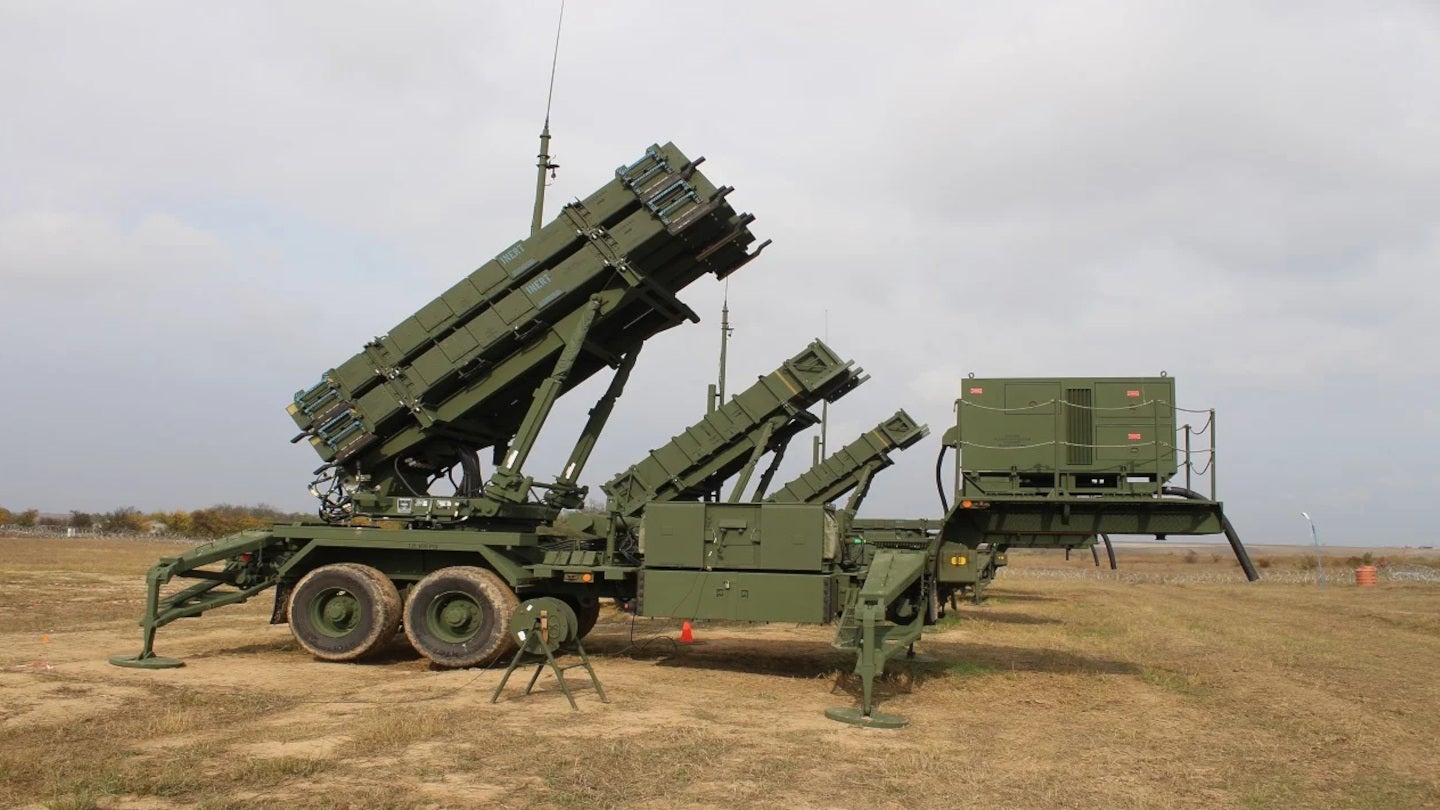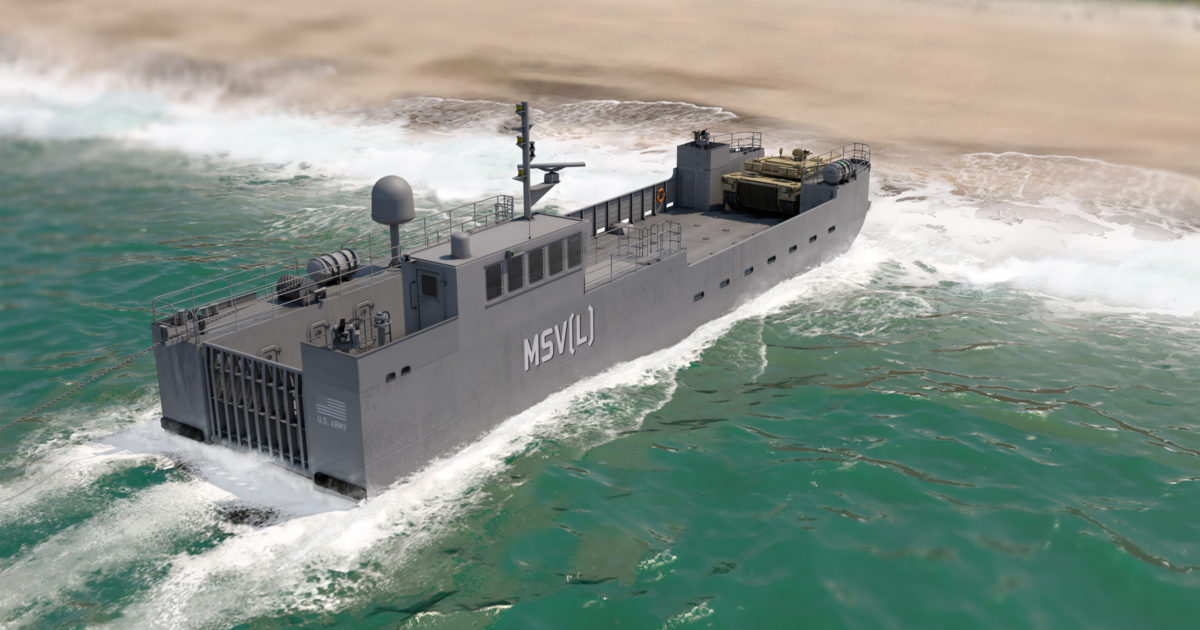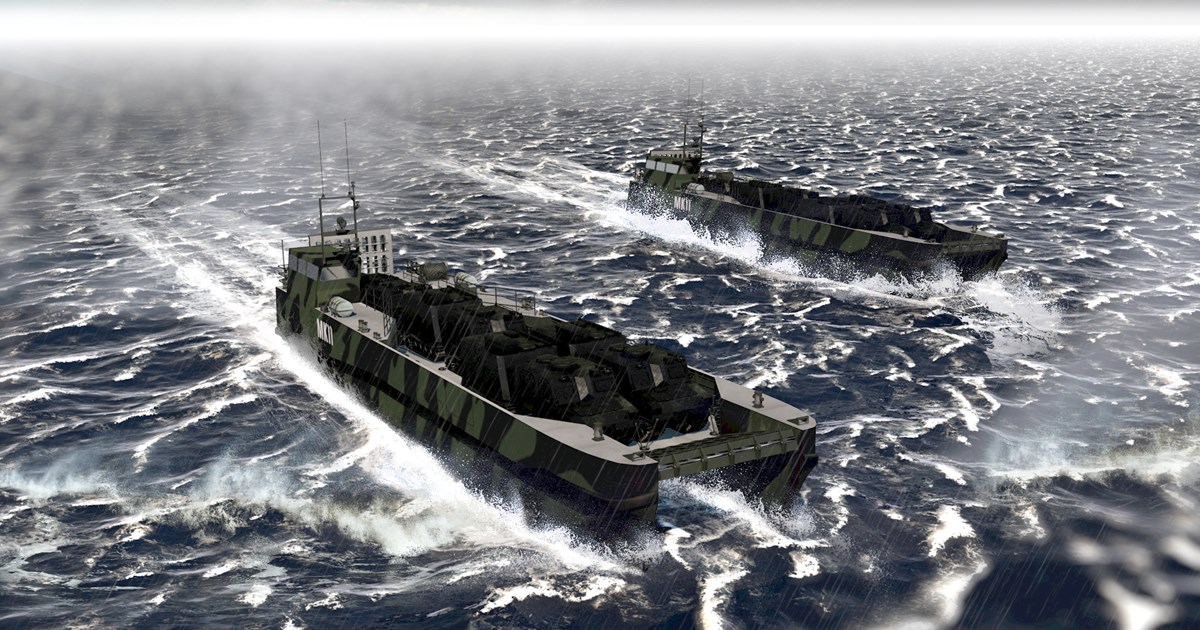They are doing it back to front these days. Instead of training people then sending them out to units, to consolidate their skills, they are giving them the bare minimum then sending them to units with task books to learn the job.
Instead of being taught the correct way by highly experienced, professional trainers, their education is left to 20 something year old junior NCOs who are only just competent themselves.
It's only when they start their WO and CPO courses that army and navy techos, begin to be exposed to civilian training and certification. The RAAF doesn't even have this, a techo can leave the RAAF as a FSGT or WOFF and be faced with years of study to gain civilian certification.
The argument is, "why waste money training someone if they are just going to leave, better to give the training and certification to those who stayed". Completely arse about, training young Australians is never a waste of money, even if they do leave the ADF, their increased skills and knowledge will benefit industry and hence the country.



